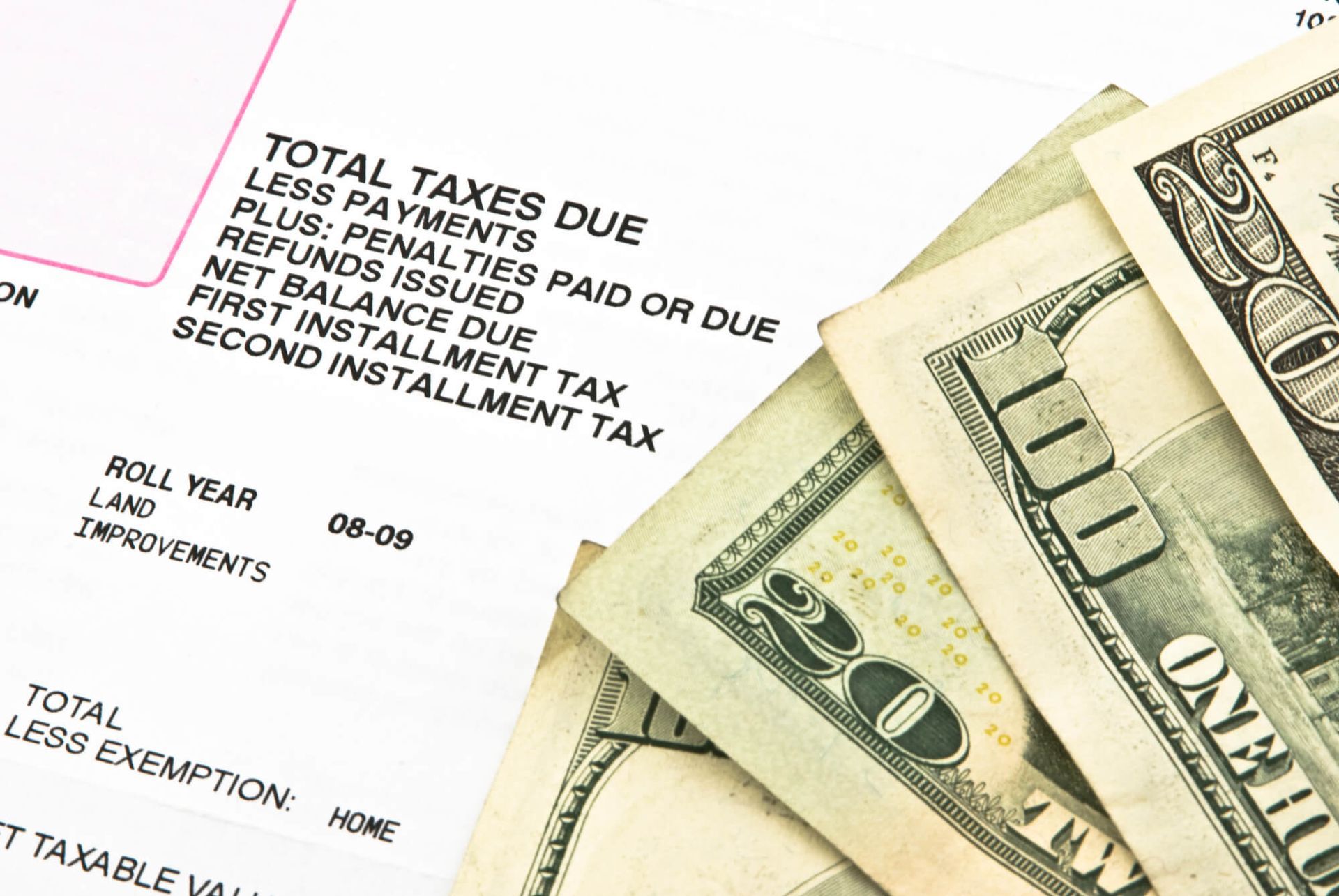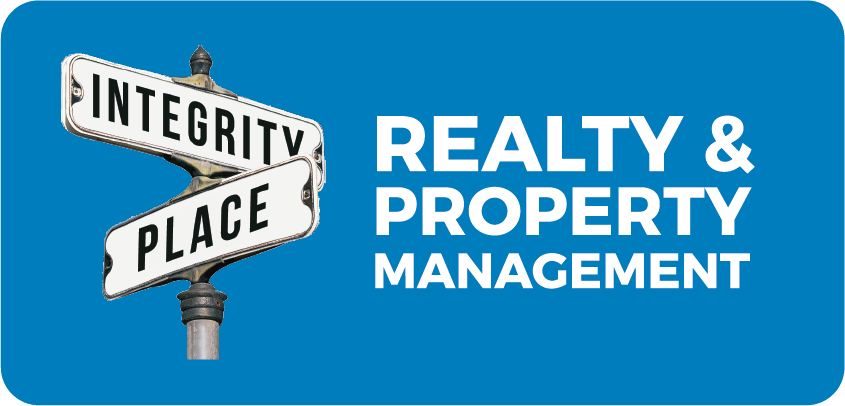Utah County Property Taxes: Everything You Should Know

With property values rising in Utah County, property taxes have become a significant concern for anyone who owns, buys, or invests in a home. Since a house is usually the most significant purchase most people make, taxes play a large role in the overall cost.
If you’re buying a home, understanding exemptions and how your property is valued can help you avoid unexpected costs. Homeowners who understand how tax rates are determined can plan their budgets more effectively. For investors, staying aware of tax changes enables you to make better choices, as higher taxes mean lower profits.
This blog explains how Utah County property tax is calculated, outlines the exemptions that reduce payments, highlights key deadlines to remember, and provides steps to appeal an incorrect assessment.
Utah County Property Tax Bill Explained
Many people find the property tax bills from Utah County difficult to understand, but breaking them down reveals that each part is essential. The process begins with the assessed market value, which reflects what the county believes a home is worth in the current market. It is a starting point only and does not determine the full tax bill.
For primary residences, or homes where you live most of the year, only 55% of the assessed market value is taxed. For all other properties, such as rentals, businesses, or second homes, the taxable value is 100% of the assessed market value.
Next, calculate the taxable value. Subtract exemptions from the assessed value to get the taxable amount. A primary residence qualifies for the most significant adjustment. In Utah, homeowners receive a 45% exemption on their primary residence, which reduces the amount of the personal property tax rate in Utah County. Second homes and investment properties do not get this benefit and are taxed on the full assessed value.
After determining the taxable value, tax rates (known as mill levies) are applied. Each mill is a small amount of tax for every dollar of taxable value. The Utah County property tax rate is determined by the county, city, school districts, and special districts, such as water or library districts. Add all these rates together to get your total tax bill.
A typical Utah County property taxes notice lists all these components. Homeowners see a breakdown of the county share, city portion, school district rate, and smaller district fees. Each section is itemized so residents know exactly where tax dollars go.
5 Offices Involved in Utah County Property Taxes
Property taxes in Utah County support essential services, including schools, public safety, and community infrastructure. Since taxes are collected at the county level, property owners must pay them directly in the county where the property is located.
Several county offices share responsibility for managing the property tax process:
- Recorder/Surveyor’s Office: This office records property ownership and defines property boundaries within the county.
- Assessor’s Office: This office estimates the fair market value of each property, which becomes the basis for taxation.
- Clerk/Auditor’s Office: This office uses assessed values and budget needs to calculate the property tax rate in Utah County. It also mails valuation notices and receives appeals from property owners.
- Treasurer’s Office: This office issues the final tax bill, collects payments, and distributes funds to the appropriate taxing entities.
- County Commission: This body approves county budgets and serves as the Board of Equalization, handling unique appeals.
Together, these offices ensure property taxes are assessed, billed, collected, and used to support essential public services across Utah County.
How Much Are Property Taxes in Utah County?
In Utah County, property taxes function similarly to those throughout the state. A primary residence qualifies for a 45% exemption, which means only 55% of the home’s value is taxed.
The average property tax rate in Utah County is around 0.47%. This rate is lower than the national average property tax rate, which makes taxes in this area relatively affordable for many homeowners.
Utah uses a revenue-neutral system. Local governments receive the same property tax revenue as the previous year, regardless of the current trends in the Utah housing market. However, a Utah County property tax increase can still occur if voters approve bonds or if local taxing entities request more funds.
However, bills can still change. Voter-approved bonds, school funding, or county decisions may increase the final amount owed. Because of this, homeowners should check their tax notice each year to see how their rate is applied. Property owners who believe their home was valued unfairly can file a Utah County property tax appeal to the Board of Equalization by September 15th of the same year.
When Are Utah County Property Taxes Due?
Utah property taxes are billed annually, not monthly or quarterly. Property owners usually receive their notice around the third week of October, and the full payment is due by November 30. If it falls on a weekend, the deadline automatically moves to the following working day.
If a taxpayer does not receive a notice by November 1, they should contact the Treasurer’s Office immediately to avoid missed payments. This schedule is consistent across all counties, including Utah County.
Because there is only one annual bill, many homeowners choose to:
- Budget gradually throughout the year
- Use a mortgage escrow account so payments are collected monthly
The once-a-year structure creates a firm deadline. Missing it can have a larger impact than forgetting a smaller monthly or quarterly payment.
Consequences of Late Payments
Failure to pay Utah County property taxes on time brings penalties that increase the longer taxes remain unpaid. The consequences include:
Penalties
- If payment is late but made before January 31, the penalty is the greater of 1% of the tax balance or $10 per parcel.
- If payment is made after January 31, the penalty increases to 2.5% of the unpaid balance as of December 1.
Interest
- Interest is added to delinquent taxes as defined by Utah State Statute 59-2-1331.
Tax Sale
- Properties with four or more years of unpaid taxes can be sold at a public auction in May or June.
- Counties must notify property owners before the sale, and owners can stop it by paying all taxes, penalties, interest, and administrative costs.
- Unlike in some states, Utah does not permit property redemption after a tax sale has taken place.
These penalties underscore the importance of timely payment. Balances accrue fees and interest, which can cause strain on your financial situation.
How to Pay a Property Tax Bill in Utah
Counties offer several payment options, each with its own rules:
- Online: You can pay at tap.utah.gov or call 801-297-7703 (or 800-662-4335 ext. 7703). You can pay via American Express, Visa, MasterCard, or Discover. Please note that a convenience fee of 3% is also applied to these transactions.
- E-check: Make direct electronic check payments through the county’s online portal. Some processors may require your bank routing and account number.
- By mail: Send your personal check along with any required payment coupon. Ensure it is postmarked by November 30 to avoid any late penalties. However, this method is not preferred for sending cash.
- In person: Visit the county treasurer’s office and pay at the counter using cash, cashier’s check, traveler’s check, or money order during business hours.
- Through escrow: If your mortgage includes escrow, your lender collects property tax funds with your monthly payment, then pays your tax bill directly each year by the deadline. Confirm your lender provides this service.
Keep in mind that:
- Third-party checks are not accepted.
- If a property is subject to a tax sale, payment must be made with Certified Funds.
By understanding the timeline, knowing the penalties, and selecting the appropriate payment method, property owners can stay ahead of deadlines for property taxes in Utah County and avoid unnecessary costs.
3 Practical Tips to Handle Utah County Property Taxes
Property taxes can be confusing or stressful, but a few simple checks and an understanding of Utah property management laws can make the process much smoother. The following steps help homeowners stay prepared and avoid costly mistakes:
1. Check Your Exemptions and Notices
Confirm that the primary residential exemption is applied, since it lowers the taxable value by 45%. The annual valuation notice should also be reviewed for errors in property details, such as land size or square footage. This way, you can catch mistakes early and prevent an inaccurate bill.
Additionally, Utah also provides several exemptions that can lower property tax bills for qualified homeowners. Each program is designed for different needs, including:
- Primary Residential Exemption reduces the taxable value of a main home by 45%.
- Utah Homestead Exemption protects a portion of a home’s value and offers added security.
- Utah Senior Citizens Exemption helps older adults on fixed incomes by easing tax costs.
- The Disabled Veterans Exemption lowers property taxes for veterans with service-related disabilities.
Homeowners should check eligibility for these programs through the county office.
2. Mark the Due Dates
Utah County property tax payments are due annually on November 30. Missing this deadline will result in penalties, interest, and potentially a tax sale if the bill remains unpaid. To avoid these issues, set a reminder for the due date and confirm that your payment has been processed.
3. File an Appeal if Needed
A homeowner who disagrees with the property value listed on the notice can request an appeal. The Board of Equalization handles these cases, and the notice includes instructions on how to schedule a hearing. Deadlines are strict, so take action promptly in the event of an appeal.
Make Property Taxes Easier to Manage With Integrity Place
Managing property taxes in Utah can be confusing, but understanding key details can help simplify the process. Utah County homeowners should know how property values are determined, which exemptions apply, and methods for paying bills. Simple actions, such as checking notices and verifying exemption status, help prevent surprises.
If you believe your property value is inaccurate, you can appeal and request a review. Exemptions are available for primary residences, seniors, and veterans, offering meaningful relief. Follow clear steps throughout the year to make the process far more manageable.
Do you want less stress from managing your property and paying taxes? Integrity Place Realty & Property Management is your local partner across Utah and Salt Lake County. We manage rental homes, condos, townhomes, and apartments with one goal in mind: protecting your investment while saving you time.
From tenant screening and rent collection to maintenance and accounting, our property management Utah County team handles the details so you don’t have to. With Integrity Place by your side, you can focus on your goals while we take care of the rest. Contact us today to discuss your property tax questions and explore your options with confidence.










